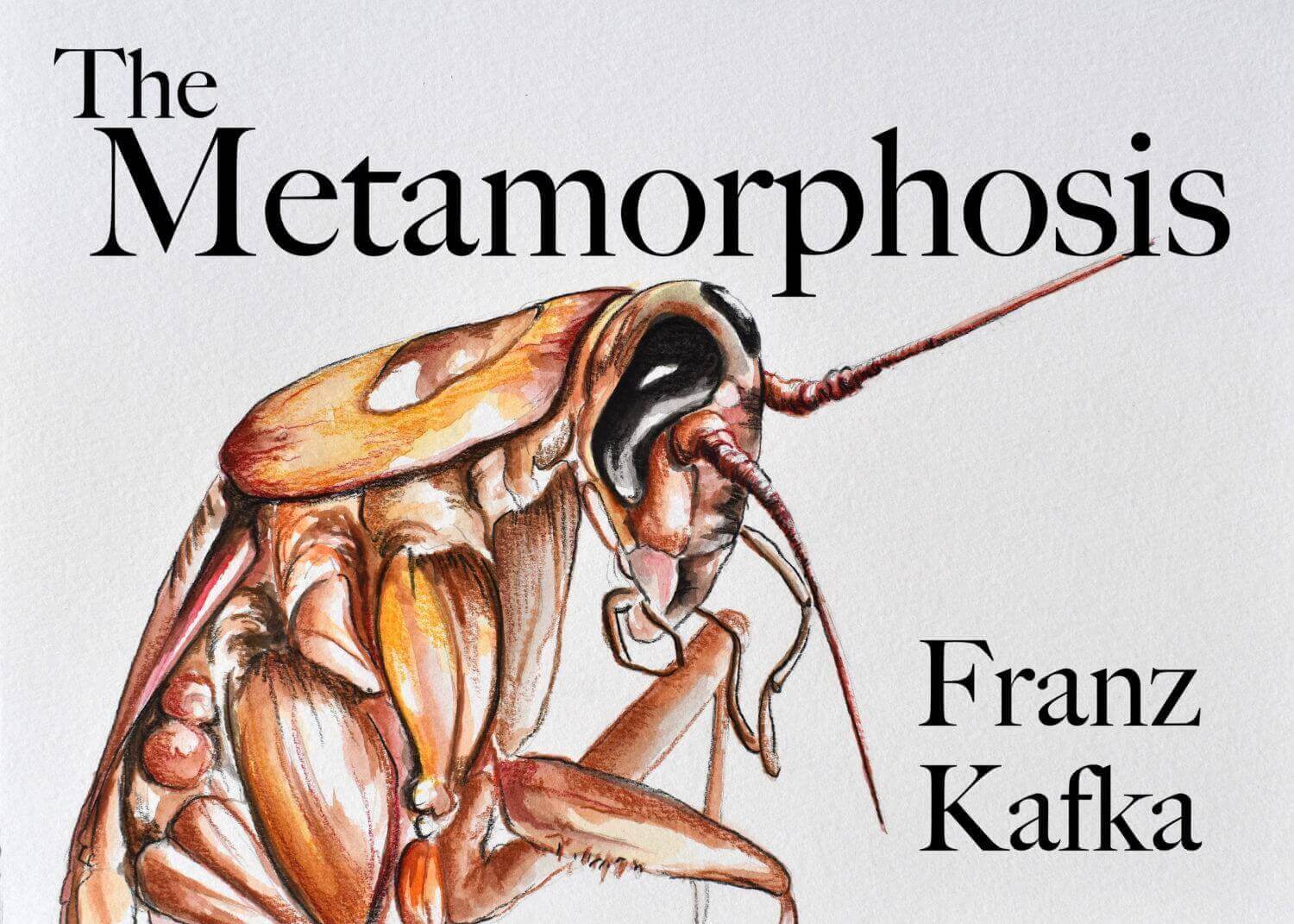

Here, Sokel states that Gregor, through his transformation, has solved his biggest problem. The metamorphosis enables Gregor to become free and stay "innocent," a mere victim of uncontrollably calamity.

At the same time, it relieves him of having to make a choice between his responsibility to his parents and his yearning to be free. It accomplishes, as we can see, in part at least, the goal of Gregor's longed-for rebellion. The metamorphosis has intervened and made impossible. Sokel explains the effect of the metamorphosis on his occupational position. However, Gregor does escape from his life of indentured servancy- by becoming a giant insect. Heinz Politzer goes far enough to say that Gregor is a slave to his boss (276), which would imply that there is no escape for Gregor- at least, no conventional escape.

Gregor is not happy with his job, which Greenburg calls "degrading" and "soul-destroying," but believes that his family's existence depends upon him "sacrificing himself by working at this meaningless. His son, Gregor, works as a commercial traveler for the company to whom he owes money in effect, Gregor is slowly working off his father's debt. Long before the story takes place, Gregor Samsa's father had a business failure that left him deep in debt. Upon examination, it seems that Gregor's metamorphosis represents both his freedom from maintaining his entire financial stability and his family's freedom from their dependence upon Gregor. However, one cannot help but wonder why Gregor has undergone this hideous transformation, and what purpose it could possibly serve in the story. Despite this fact, Gregor continues to act and think like any normal human would, which makes the beginning of the story both tragic and comical at the same time. The reader learns that Gregor Samsa, the story's main character, has been turned into an enormous insect. One of Franz Kafka's most well-known and most often criticized works is the short story, "Die Verwandlung," or "The Metamorphosis." "The Metamorphosis" is most unusual in that the first sentence is the climax the rest of the story is mainly falling action (Greenburg 273).


 0 kommentar(er)
0 kommentar(er)
